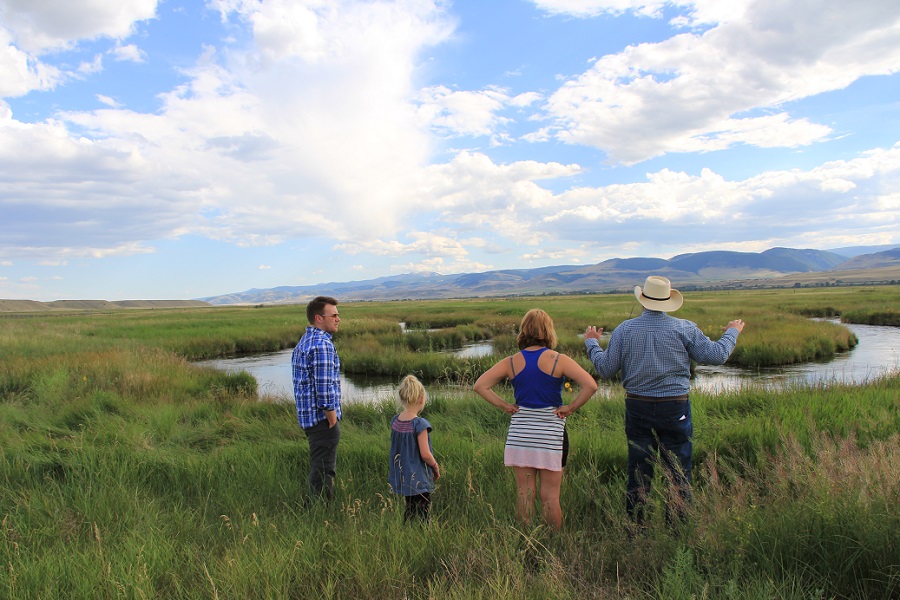Many federal environmental laws seek to leverage local knowledge by inviting states and local governments to participate in the federal scheme, an approach known as cooperative federalism. For instance, the Clean Air Act permits the states to develop their own emission reduction plans in lieu of federal regulation, subject to review by the Environmental Protection Agency. Ideally, this approach fosters greater policy innovation, since each state can experiment with new approaches, and incorporates more local knowledge about environmental impacts and economic needs.
Although the Clean Water Act ostensibly adopts this approach—it explicitly states “It is the policy of the Congress to recognize, preserve, and protect the primary responsibilities and rights of States to prevent, reduce, and eliminate pollution”—state participation has been notably absent from the law’s most controversial program. Under section 404 of the act, a federal permit is required for any activity that involves the “dredge” or “fill” of a “water of the United States.” Because the latter phrase has been interpreted expansively, this provision has been interpreted to require federal approval for many small projects that landowners don’t anticipate, like modifying a ditch or laying a foundation for a house.
Although the Clean Water Act allows states to take over this permitting process only two states have done so. This month, the Army Corps of Engineers published a guidance memorandum encouraging more states to seize this opportunity. The memo does so by clarifying and expanding the category of waters over which states could have primacy. In particular, it would allow states to take the lead on protecting many of the most controversial waters regulated under the federal law, like ephemeral streams and arguable wetlands, reserving for exclusive federal control large water bodies used for commercial traffic.
In a previous post, I explained how this change could promote better environmental outcomes:
The most obvious way state administration would benefit the environment is because state officials have better local knowledge. They, for instance, will likely know which way water flows, a key fact which can escape federal officials. Another, less obvious, way that state administration would be good for the environment is that, because property owners are more likely to contact the state about permit requirements before commencing a project, the state will implement the law through ex ante permitting rather than ex post punishment. It is far easier and cheaper to modify a project to reduce environmental impacts before the project goes forward than to undo damage after the fact.
Landowners learning of federal regulations only after allegedly violating them has been a major shortcoming of the federal “dredge and fill” program. By regulating areas that few would expect are subject to federal regulation—including some absurd examples, like desert ditches—federal implementation sets traps for the unwary, often without returning any environmental benefit.
Greater state involvement can also reveal better ways to address water pollution concerns. Rather than a one-size-fits-all federal approach, the states can experiment with different approaches to different categories of “waters.” A market solution may work best for some types of projects. Deregulation may make sense for others. And mitigation regulations may be required for others still. Federalism will allow states to discover those opportunities and take advantage of them.




